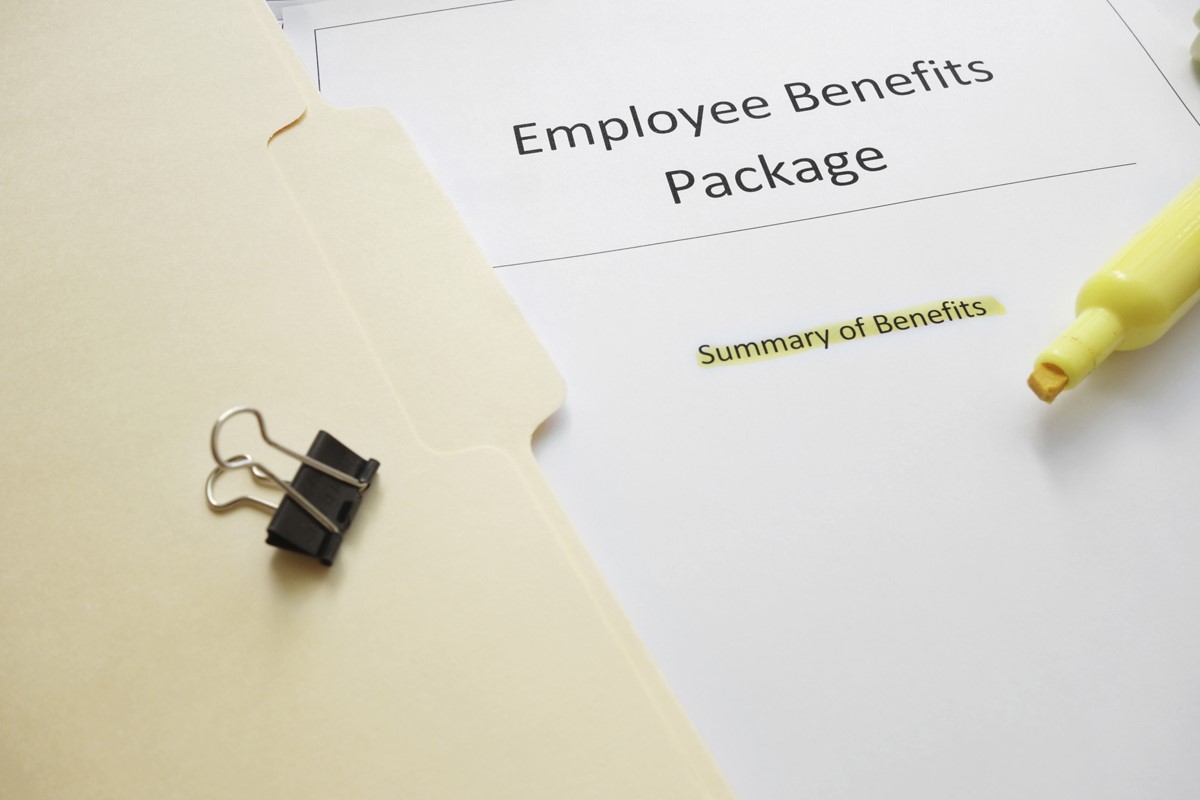Open enrollment can overwhelm even the most seasoned benefits manager. But the time when employees can make changes to their benefits plans doesn’t have to be a time of stress.
Open enrollment for individual health plans begins on November 1 for plans that start on January 1, 2016. However, small businesses can enroll in Small Business Health Options Program (SHOP) plans at any time. The SHOP Marketplace is open to employers with 50 or fewer full-time equivalent employees (FTEs), including non-profit organizations. Large employers can hold open enrollment periods at any time of the year, although most choose year-end.
Open enrollment is a great opportunity to introduce new tools and resources to a captive audience, and it’s the perfect time to help employees become better healthcare consumers all year long. Here are some tips for making the best of your open enrollment season.
- Focus on communication. Change is a big deal, so you need to develop and implement a strategy early to prepare employees for what’s coming. Employees need time to digest information, and you need time to reinforce it on a regular basis. Deploy a multi-channel communications campaign spread over time. Use a strategic combination of print, Web, email and face-to-face communication at open enrollment meetings to drive a consistent message. While it’s important to communicate thoroughly and introduce new ideas, don’t overload employees. Strike the right balance in what, how and when you communicate.
- Anticipate a rush. The most diligent of employees will call on the first morning open enrollment begins. Plan accordingly by having the necessary staff in place. But don’t slack off, because 75 percent of all enrollments are done in the last three days, due to procrastinating employees.
- Select reasonable enrollment deadlines. Make sure you’re giving employees reasonable business-related deadlines, such as a Wednesday at 5 p.m. This approach will also give you the opportunity to remind them the day before and reduce the likelihood of a last-minute stampede. Setting deadlines on a Friday, a holiday or at midnight will only increase problems.
- Be available. Even if you have provided self-service options, people still like to talk to a live person during open enrollment. Set up and review a set of FAQs that cover what are likely to be common questions.
- Personalize. People relate much better to examples relevant to their situations than to abstract concepts. It helps to provide testimonials from other people in similar circumstances or to offer tools that allow employees to model and make decisions based on their own circumstances.
- Be honest and direct. Are costs increasing? Benefits shrinking? Be frank. At a minimum, ensure employees fully understand the 5 C’s of enrollment—cost, coverage, changes to plans, comparisons to the previous year’s plans and current options. Be clear with employees on the actions they need to take.
- Expect pushback. In response to continued healthcare cost increases, you may be preparing to communicate aggressive health benefit changes to employees. If so, expect noise. Think of it this way: If all is quiet, you haven’t done your job.
Collect the Wisdom
This year’s enrollment information can help you properly plan for the next open enrollment period. Did the high-deductible plan gain in popularity? Did employees sign up for plans that offered more choice? What were the questions, snafus and bottlenecks? That’s powerful information for future action. Gather data to help you learn about employees’ desires and predispositions — by job title, region, etc. — as well as to determine what your team can do better next time.
Rather than concentrating all your benefit communication efforts at open enrollment, consider making benefit communications a year-round project. Holding seminars and Q&A sessions throughout the year will help your employees better understand how their benefits work — and help them appreciate them more. Brief but regular communications, whether by newsletter or video, can also help reinforce the value of your benefits program and help your employees be better educated when open enrollment rolls around again. For suggestions on creating or improving a benefits education program, please contact us.



